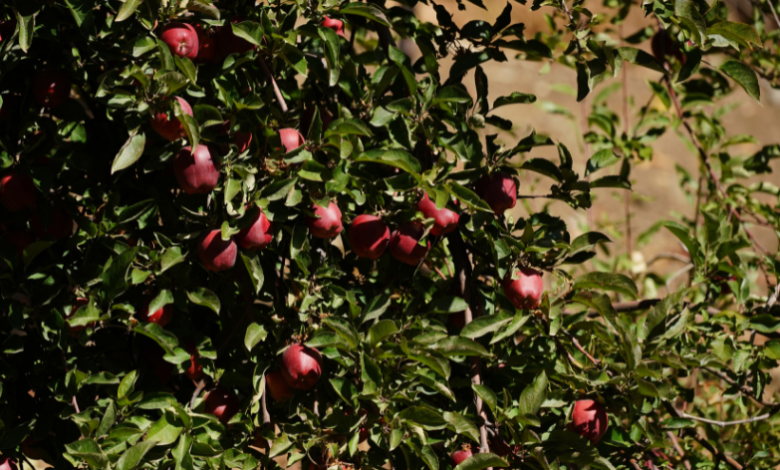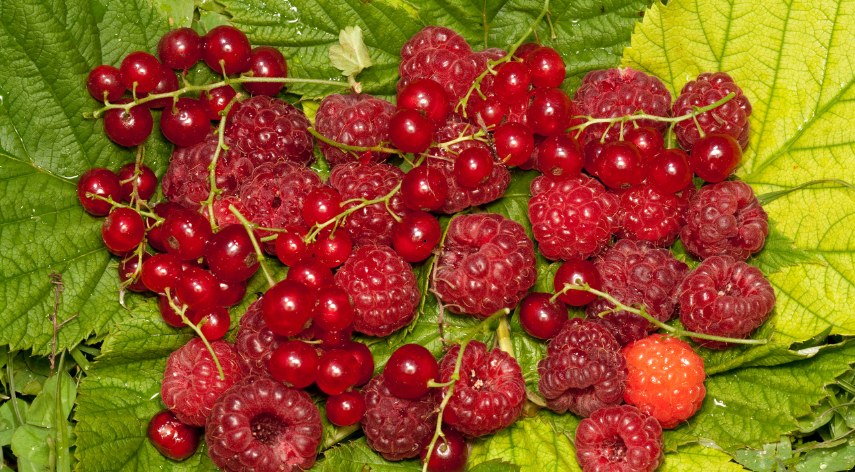Unlocking the Enigma of Figù: A Culinary Journey into Mediterranean Delights

Figù, derived from the Latin word “ficus,” refers to the fig fruit in various Mediterranean cultures. However, it encompasses more than only a fruit; it embodies a wealthy culinary heritage and cultural significance.
Historical Significance
Dating returned to ancient civilizations, holds a revered function in Mediterranean history. It has been celebrated in myths, folklore, and non secular texts, symbolizing abundance, fertility, and prosperity.
The Origin Story: Tracing Figù Back in Time
Ancient Roots
The cultivation of fig timber traces again to ancient Mesopotamia and Egypt, in which they were regarded as sacred and associated with divinity. The Phoenicians and Greeks in addition unfold fig cultivation throughout the Mediterranean place.
Cultural Significance
In Mediterranean cultures, changed into now not merely a meals item however a symbol of hospitality and generosity. It determined its way into various aspects of day by day lifestyles, from culinary traditions to non secular rituals.
Figù in Mediterranean Cuisine: A Culinary Treasure
Varieties of Figù Dishes
From candy desserts to savory cuisine, figù offers a flexible variety of culinary opportunities. It can be enjoyed clean, dried, or preserved, including a unique flavor to dishes.
Traditional Preparation Techniques
In traditional Mediterranean cuisine, is often paired with cheese, honey, or cured meats, developing a perfect balance of sweet and savory flavors. It is also generally used in jams, chutneys, and pastries.
Health Benefits of Figù: Nature’s Nutrient Powerhouse
Nutritional Profile
Figù isn’t always best delicious however also nutritious. It is wealthy in fiber, nutrients, and minerals, making it a healthful addition to any eating regimen. It is specially regarded for its high stages of calcium, potassium, and antioxidants.
Medicinal Properties
In conventional medication, figù has been used to treat various illnesses, such as digestive problems, respiratory troubles, and pores and skin situations. Its herbal sweetness makes it a popular alternative to sophisticated sugar.
Figù in Modern Gastronomy: Innovations and Fusion
Contemporary Recipes
In contemporary gastronomy, cooks are experimenting with figù in revolutionary methods, incorporating it into fusion dishes and culinary creations. From -infused cocktails to fig-glazed meats, the opportunities are infinite.
Culinary Trends
The resurgence of hobby in natural, wholesome components has led to a renewed appreciation for figù within the culinary global. It is now celebrated for its precise taste profile and versatility in both candy and savory dishes.
Cultivating Figù: From Tree to Table
Growth and Harvesting
Fig bushes thrive in heat, Mediterranean climates, wherein they require minimal preservation and irrigation. They undergo fruit two times a year, inside the spring and fall, presenting a consistent deliver of fresh figs.
Sustainability Practices
As recognition of environmental problems grows, fig growers are adopting sustainable farming practices to limit their effect on the surroundings. This consists of organic farming techniques, water conservation, and biodiversity conservation.
Figù Festivals: Celebrating Nature’s Bounty
Global Events
Fig fairs are held yearly in various Mediterranean countries, in which locals and tourists accumulate to rejoice the fig harvest. These gala’s characteristic food stalls, cooking demonstrations, cultural performances, and conventional rituals.
Local Traditions
In many Mediterranean groups, fig harvesting is accompanied with the aid of age-old traditions and superstitions. From blessing the fig timber to presenting prayers for a bountiful harvest, those rituals highlight the deep-rooted connection among and tradition.
Figù in Art and Culture: Inspiring Creativity
Depictions in Artworks
Throughout records, figù has been depicted in artworks ranging from historical frescoes to Renaissance paintings. Its lush foliage and succulent fruit have inspired artists throughout centuries, symbolizing abundance and fertility.
Symbolism in Literature
In literature and poetry, frequently symbolizes sensuality, fertility, and the cycle of life. It is used metaphorically to awaken emotions and produce deeper philosophical meanings, reflecting its cultural significance.
Preserving Figù Heritage: Conservation Efforts
Initiatives for Conservation
With the upward push of commercial agriculture and urbanization, fig orchards are dealing with threats from habitat loss and genetic erosion. To keep figù background, companies and researchers are running to preserve rare fig types and promote sustainable farming practices.
Community Involvement
Local groups play a crucial position in fig conservation efforts, from collaborating in seed-saving tasks to organizing community orchards and academic applications. By fostering a experience of possession and stewardship, they make certain the survival of figù for future





